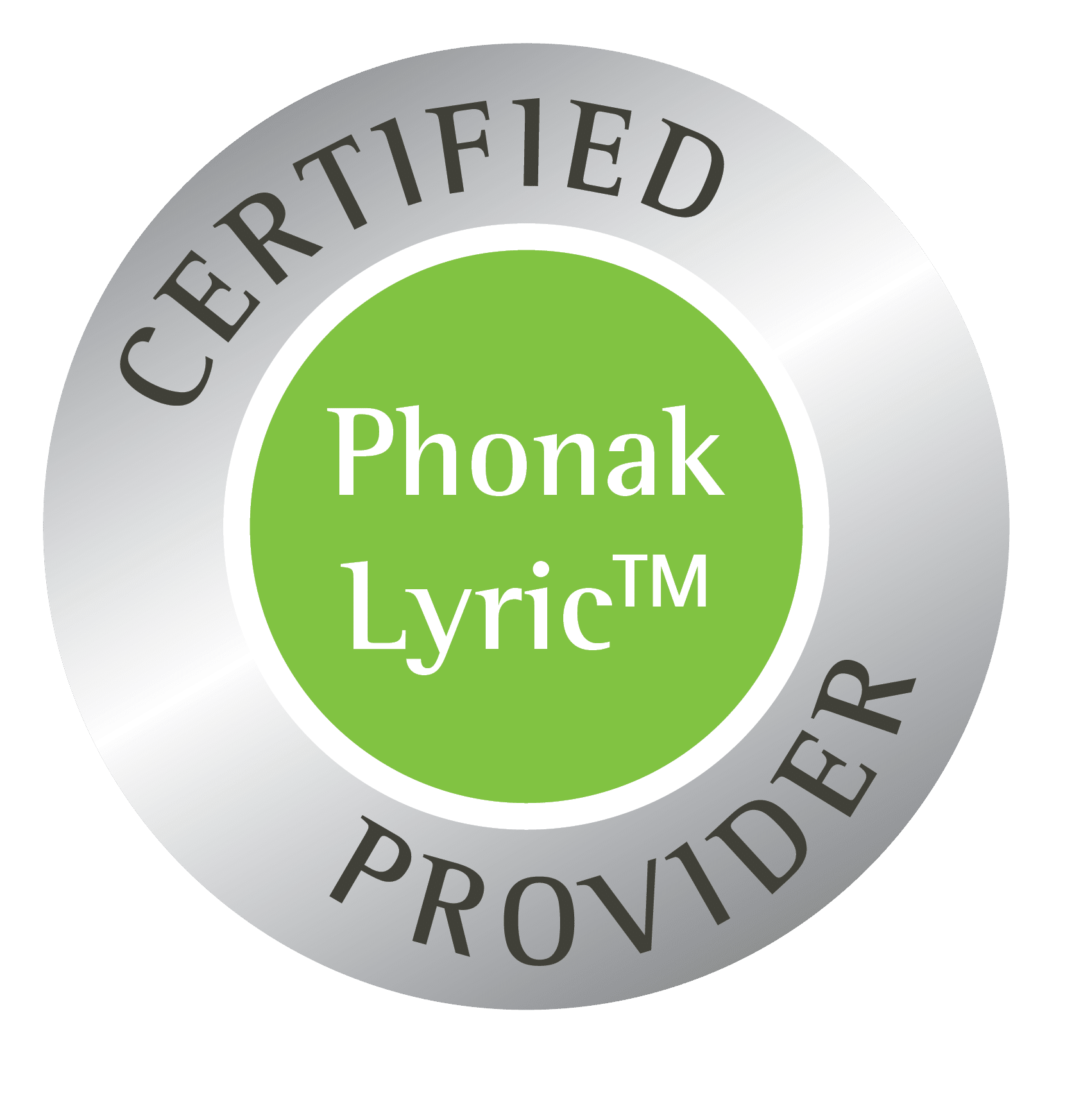Hearing Aid Types and Typical Cost of Purchase In 2021
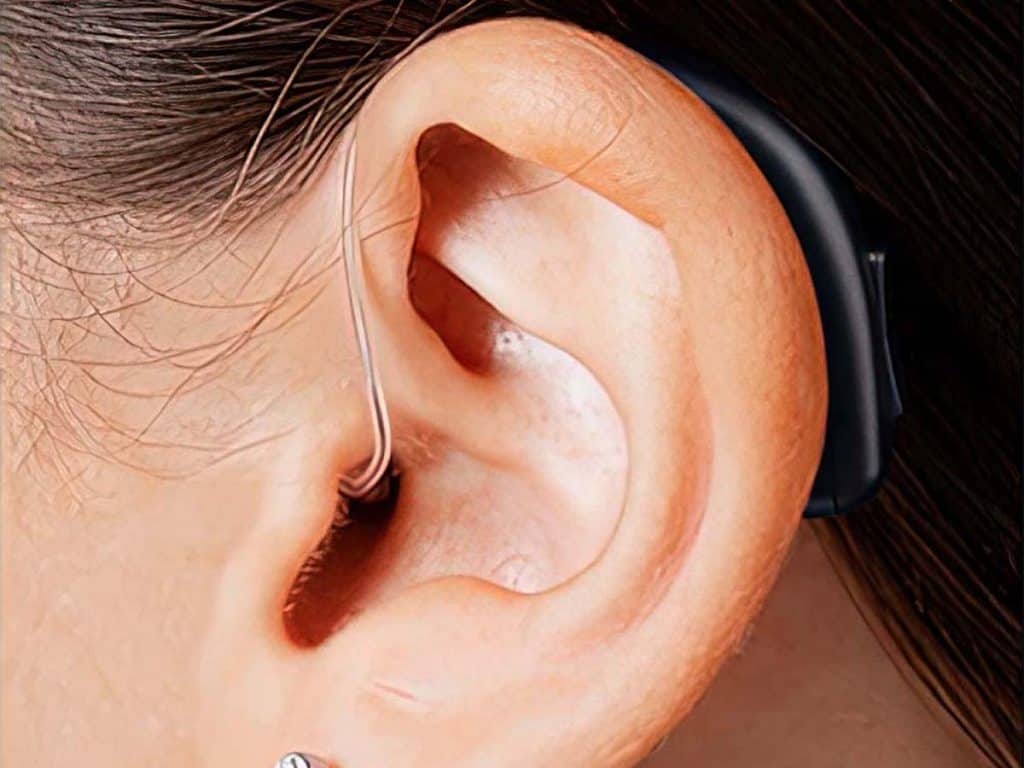
The Department of Health reports that around 3.6 million Australians suffer from varying degrees of hearing loss. There are many causes of hearing loss, but ageing and excessive noise are the two top causes of loss of hearing.
Hearing aids come in different styles and sizes, and certain styles may be better suited to particular hearing losses. Preference of style, budget, and degree of hearing loss are some of the most important things to consider when buying hearing aids in 2021.
But, how do you know what type of hearing aid to buy? How much should you spend on a hearing aid? This hearing aid buying guide will help you find the best hearing aid in terms of effectiveness and price.
If you want to learn more about hearing aids, check out our resources:

Different Types or Styles of Hearing Aids
Choosing a hearing aid isn’t just about choosing a style. Some hearing aids work better for some hearing conditions. If you want to know what type of hearing aid you should buy, you should know the different types of hearing aids in the market.
Invisible Hearing Aids
Invisible hearing aids sit deep in the ear canal, so only the person wearing the hearing aid knows it is there.These are small and discreet, and they’re perfect if you don’t want other people to know you wear hearing devices. Most invisible hearing aids are custom-fit and come in different skin-tone colours for extra discretion. Invisible hearing aids often do not have any on-board buttons to control the hearing aid volume or program; this is to keep the hearing aid nice and small. However, you can use a remote control, or even your smartphone for some models, to control an invisible hearing aid.
Invisible hearing aids are run by small batteries. There are three subtypes of invisible hearing aids:
- Lyric, which is an extended-wear hearing aid meaning it sits deep in the ear for months a a time. This device should not be removed by the wearer unless necessary to do so.
- Completely-In-Canal (CIC), which may have an on board control to allow you to control the function of the hearing aid. This is a daily-wear hearing aid meaning it can be removed by the wearer as needed.
- Invisible-In-Canal (IIC), which are the smallest daily-wear hearing aids. They have limited adjustability but are often described as ‘set and forget’ devices.
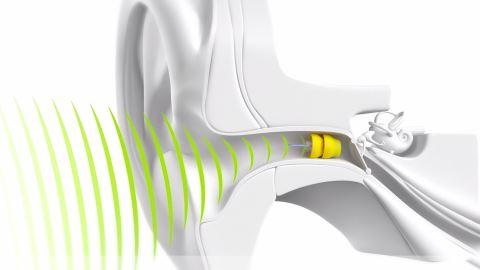
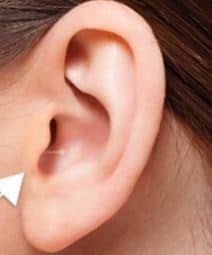
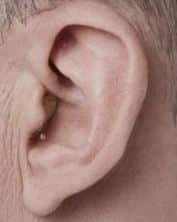
Behind-The-Ear Hearing (BTE) Aids
BTE hearing aids sit behind the ear with a thick or thin tube that carries the sound into the ear canal via a custom made mould or a soft ear tip. BTE hearing aids typically take a larger battery, therefore making them last longer and easier to manage. Rechargeable batteries are also an option for BTE hearing aids. BTE hearing aids are one of the fully-subsidised options for eligible Pensioners and Veterans in Australia.
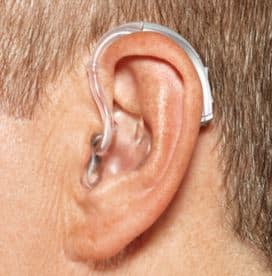
Receiver-In-Canal (RIC) Hearing Aids
RIC hearing aids look similar to BTE hearing aids, only but they are smaller and more discreet. RIC hearing aids also sit behind the ear, but an electronic wire runs discreetly down the side of the ear into the ear to deliver the sound. This means that the speaker sits inside the ear, close to the eardrum, therefore providing a more clear sound. RICs are the most common style of hearing aid on the market for their versatility. RICs can take disposable batteries or be rechargeable. Many RICs now also have the ability to stream phone calls and audio from smartphones using bluetooth technology.
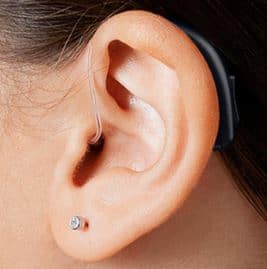
In-The-Ear (ITE) Hearing Aids
ITE hearing aids are customised to fit your ear structure; your Audiologist will take an impression of your ear so that a custom fit product can be achieved. ITEs sit on the outer portion of your ear. They’re smaller than BTE hearing aids but larger than RICs and invisible hearing aids. Most ITE aids come in different skin-tone colours to help match your skin tone. Most ITE devices are powered with disposable batteries, but technology is advancing and there are now rechargeable ITE options on the market. ITE devices now also have bluetooth capability, meaning direct phone streaming is available.
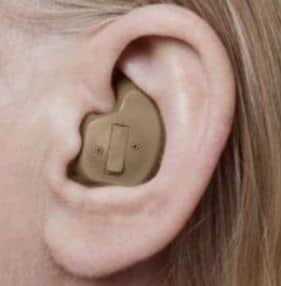
Costs of Hearing Aids
Lessened productivity is a result of hearing loss. It may be challenging for people who are hard of hearing to find stable jobs, too. This loss of productivity, and the tendency to retire prematurely because of hearing conditions, is estimated to cost the world around $135 billion every year. Communication difficulties, social isolation, avoidance, and stigma attributes to about $740 billion more.
Hearing loss can be costly, and these numbers from WHO prove it. Hearing loss can negatively affect someone’s mental well-being. Furthermore, hearing loss can only get more expensive if left untreated. But luckily, hearing aids provide a cost-effective solution.
How Much Do Hearing Aids Cost?
The short answer is that hearing aids can cost anywhere from $1990 up to $3995 each; if you are an and Australian Pensioner or Veteran, you may be eligible for FREE hearing aids. The more in-detail answer is as follows.
There are many different hearing aids on the market, and with this comes a range of pricing which is dependent on the technology you opt for. Each hearing aid manufacturer has different styles of hearing aids (e.g. behind-the-ear or in-the-ear) and each of these styles come in different levels of technology. The level of technology refers to how advanced or ‘smart’ the hearing aid is, the overall sound quality of the hearing aid, and how well the hearing aid performs in a noisy environment. Simply put, the more advanced the hearing aid is, the more expensive it is.
On the lower end of the price range are the more basic hearing aids. These hearing aids perform great where there is minimal background noise present, such as one-to-one situations or with the TV. Mid-range or mid-priced hearing aids begin to perform better in situations where there is a degree of background noise present, such as small groups or meetings. The most advanced hearing aids will give the wearer the most support in noisy environments and work very well in a variety of noisy places such as cafes, restaurants, and large groups.
Many hearing aids are now rechargeable and use lithium-ion batteries which come at an extra cost. Having rechargeable batteries can add an extra $399 to $499 for the pair. This is an extra cost upfront, but it means you do not pay for disposable batteries for the life of the hearing aid, so it does work out to be more cost-effective in the long run.
Hearing Aid Features
Some hearing aids come equipped with features that may not be essential but can definitely make your life easier. For example, not all hearing aids can have rechargeable batteries. Some hearing aids, especially the smaller ones, can only run on disposable batteries.
Noise reduction is an essential hearing aid feature. But, some hearing devices have better noise reduction features than others. Some can even reduce wind noise levels. Noise reduction settings may be programmable, and some hearing aids have pre-programmed settings for meetings and many other social settings. Generally speaking, the more advanced or expensive the hearing aid is, the better the noise reduction features will be.
Directional microphones are used to pick up sounds better in a chosen direction. They may be used to pick up sounds coming from the wearer’s front, back, or sides. These are great to have in places where there are lots of background noises.
Remote controls allow hard of hearing wearers to change hearing aid settings without actually touching the hearing aids. You can even connect more modern hearing aids to smartphones. You just have to download the compatible app so you can control a connected hearing device.
Hearing Aid Buying Guide 2021
You may already have an idea about which type of hearing aid to get and how much your budget should be. But, how right are you? Here’s a step-by-step guide of how to get a hearing aid:
#1: Get checked
Book an appointment to determine your hearing levels and to find out precisely what type of hearing aid you need. There are many types of hearing aids in the market, and it may get too overwhelming to choose the best one. Besides, picking the wrong hearing aids or setting them up the wrong way can be detrimental.
A team of clinicians can help you choose the best hearing aid. They can help you choose a hearing aid based on your budget, preference, and current and projected hearing condition. As certified health profe
#2: Get trials
Professional audiologists will recommend suitable hearing aids based on your hearing condition. But, how do you know if you’re making the right choice? Hearing aids can be costly, so it’s understandable that you’d want to try them out first.
That’s why it’s common to get hearing aid trials. These trials are mostly for people to experience the difference that a hearing aid could make. They’re also designed to aid with the decision-making process. The trial normally lasts a week, which gives the wearer a good opportunity to try the hearing aids in different situations at home.
#3: Get guarantees
Natural hearing loss can be preventable. But once the damage has been done, hearing loss is typically irreversible. It’s normal for anyone with worsening hearing conditions to think about the future. Would their hearing aids still work after a few years? Would they need to get a new hearing aid then? Would hearing aids even work as their condition worsens?
Hearing aids normally have a working lifespan of 5 years. However, you can protect yourself from additional repair and maintenance costs by ensuring that the hearing aids you purchase come with a warranty. All hearing aids purchased from Hearing & Audiology come standard with a 3 year warranty, and additional warranty can be purchased if desired.
#4: Get set
The costs of hearing aids can vary widely. You also need to consider the cost of professional fees, accessories, rehabilitation, and other options. It can be expensive to get hearing conditions treated, and fortunately, Australia’s Hearing Services Program can offer subsidies. If you’re eligible for the program, they’d be able to help you with hearing devices, support, and other hearing services. Some insurance companies also offer hearing aid rebates.
Hearing and Audiology is a registered provider under the Hearing Services Program. You can book an appointment online or call us at (08) 9388 8003. Our friendly and professional audiometrists, audiologists, and clinicians can help you get the best hearing aid for your condition.

